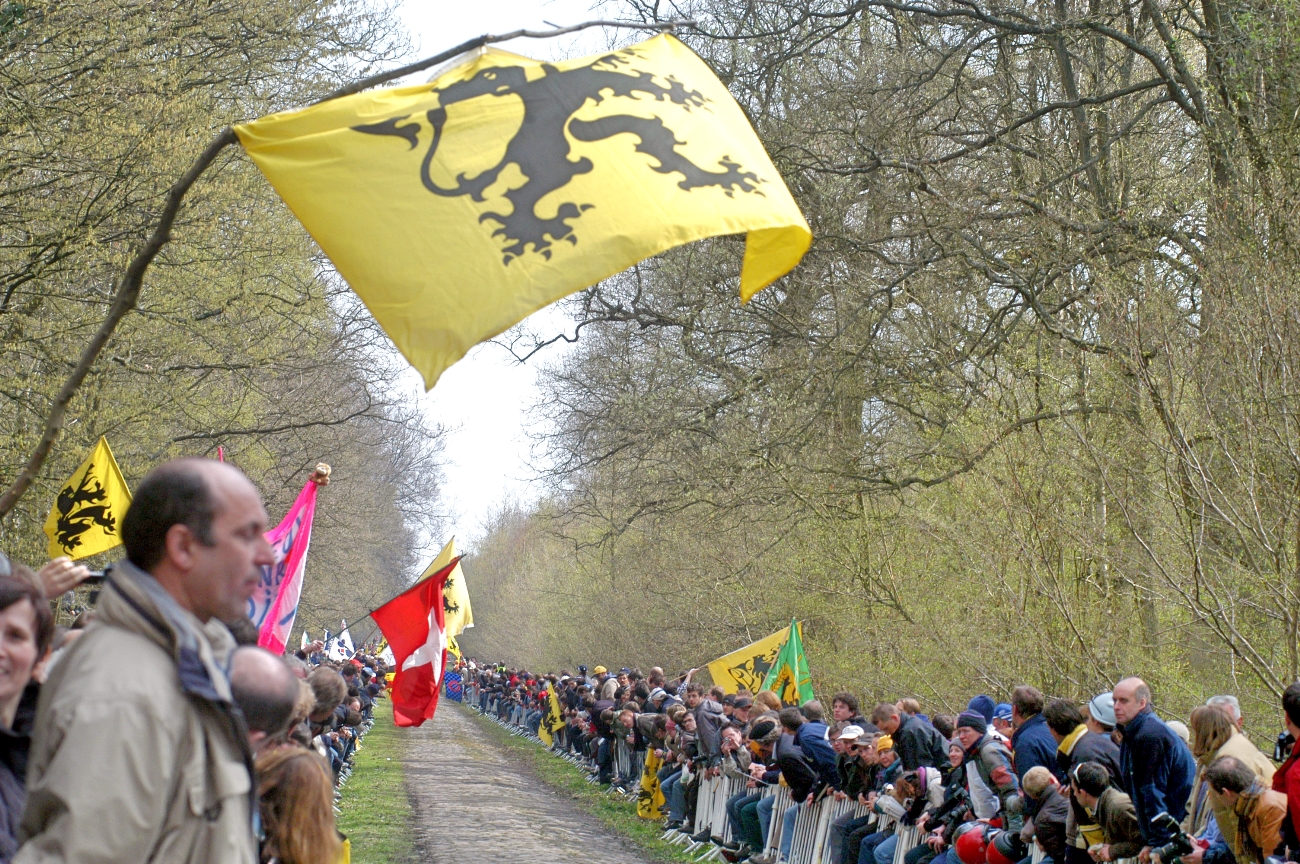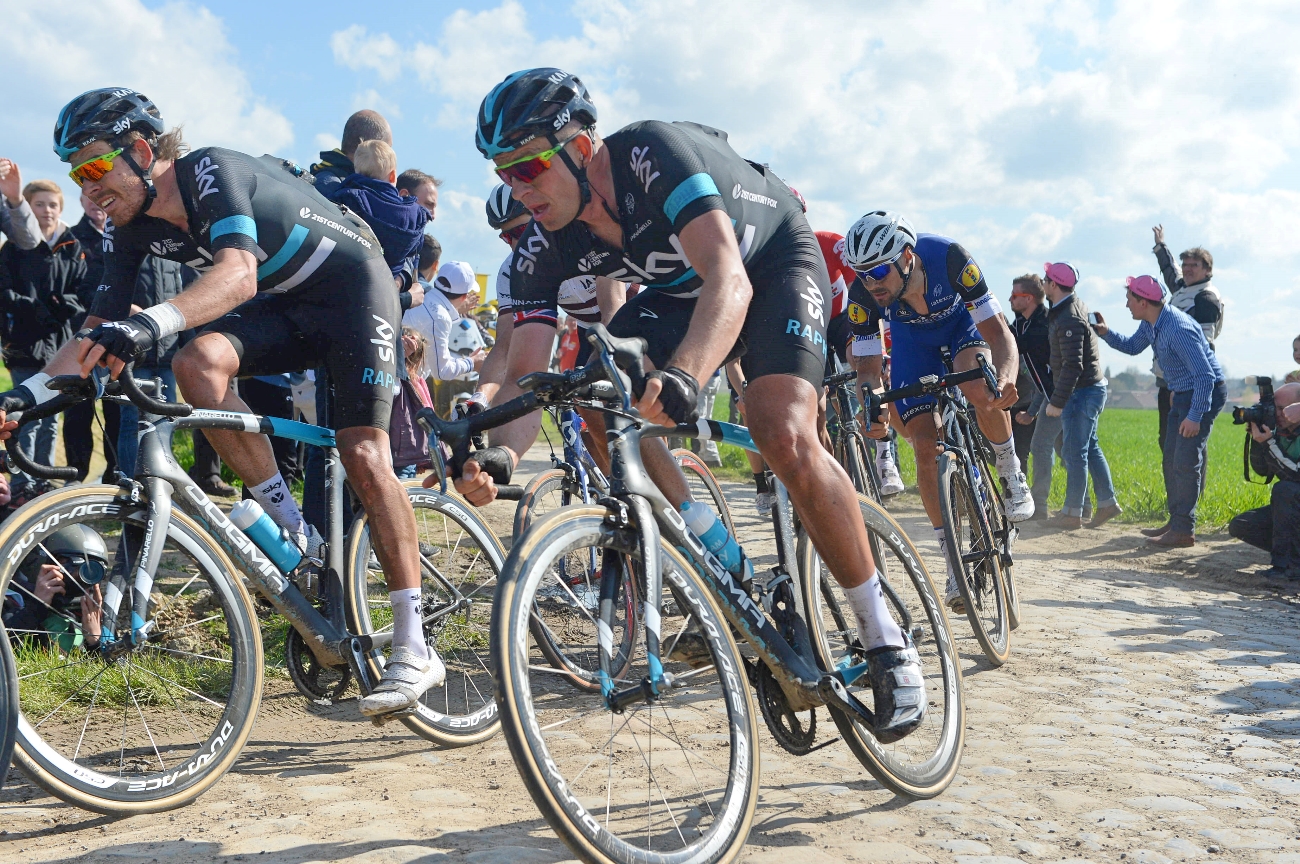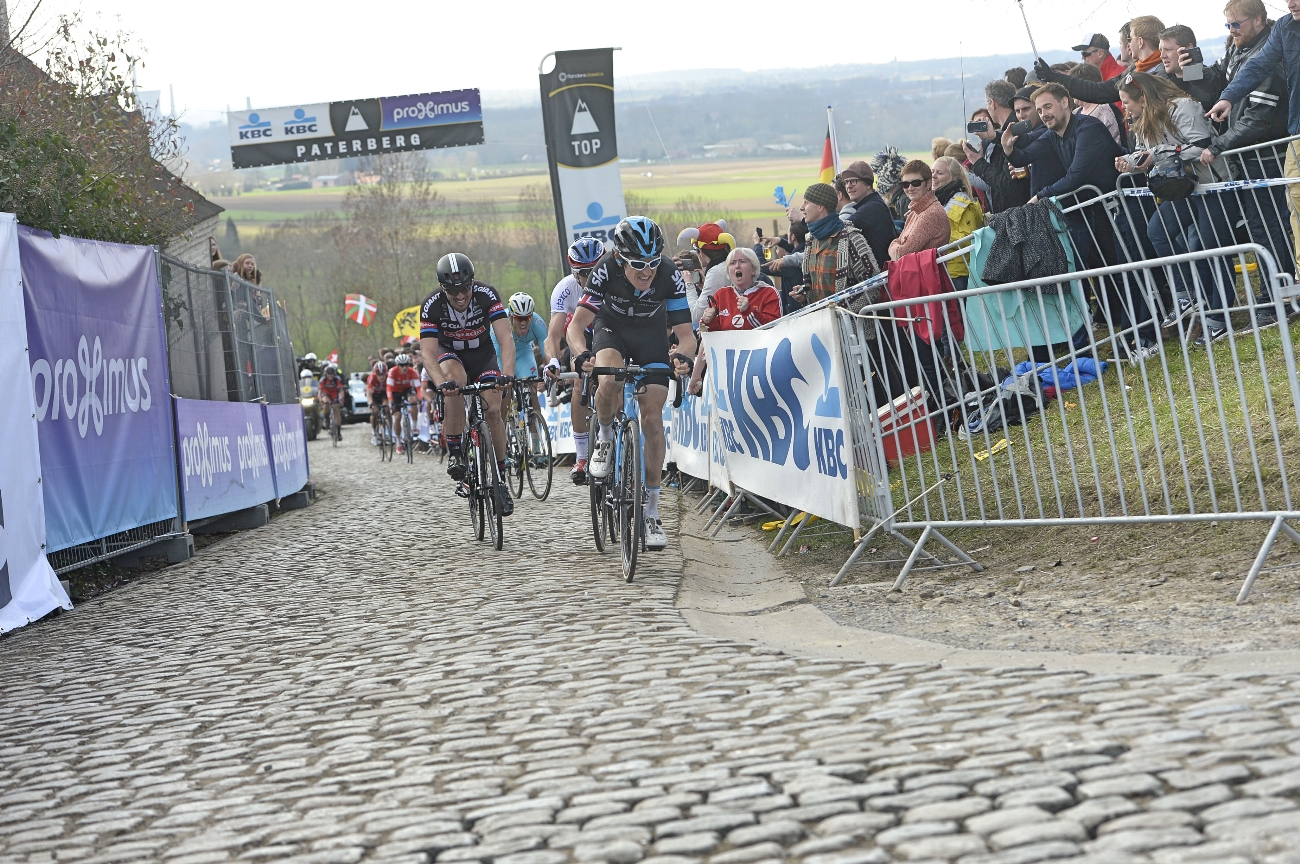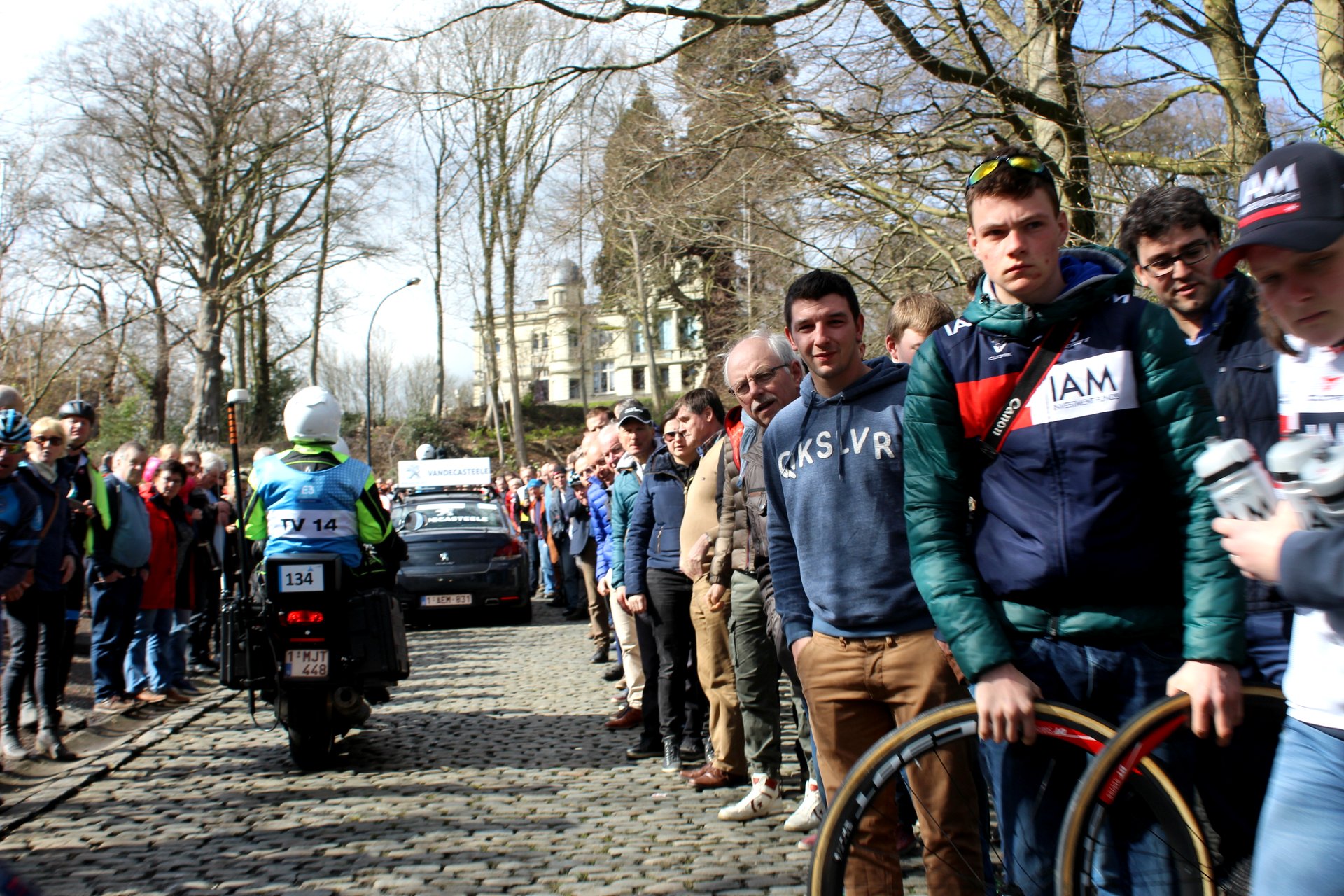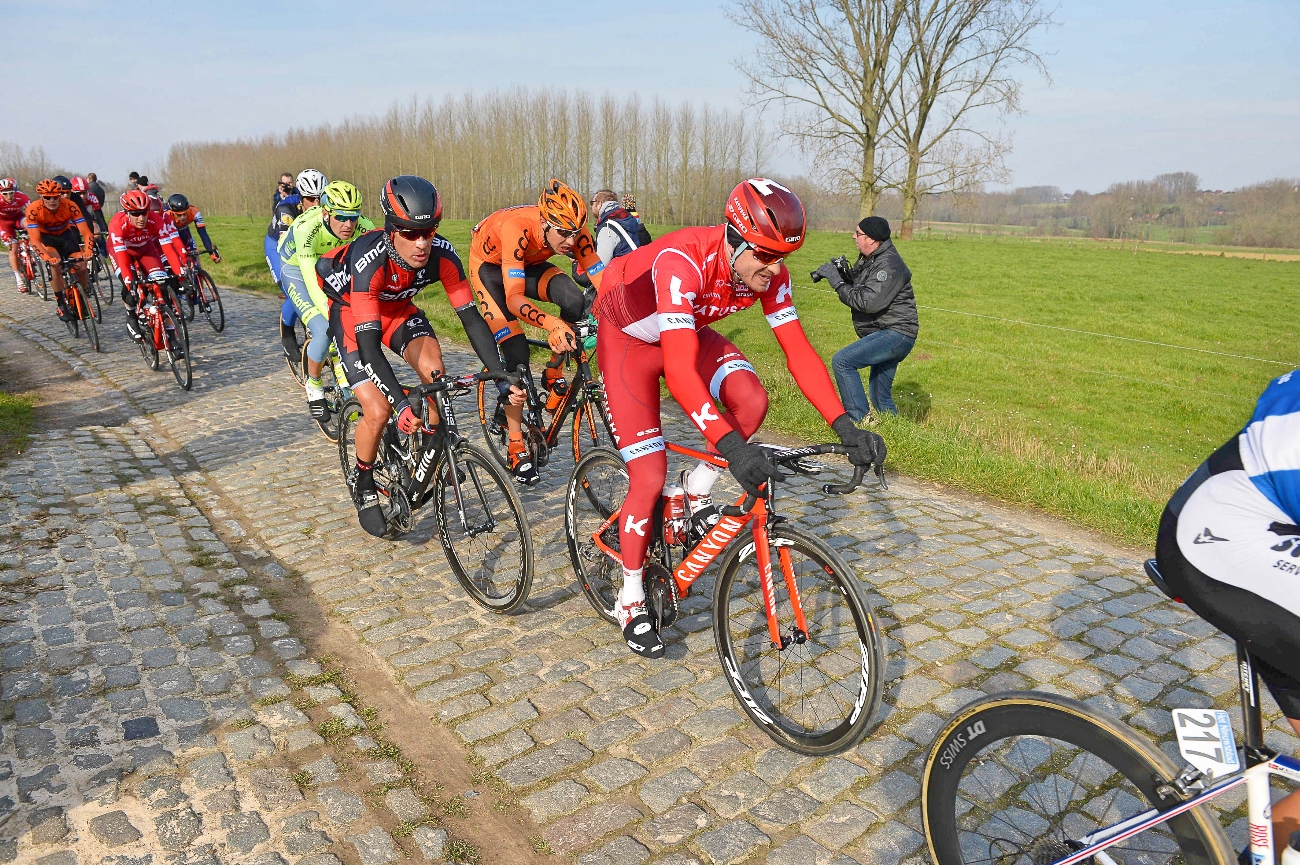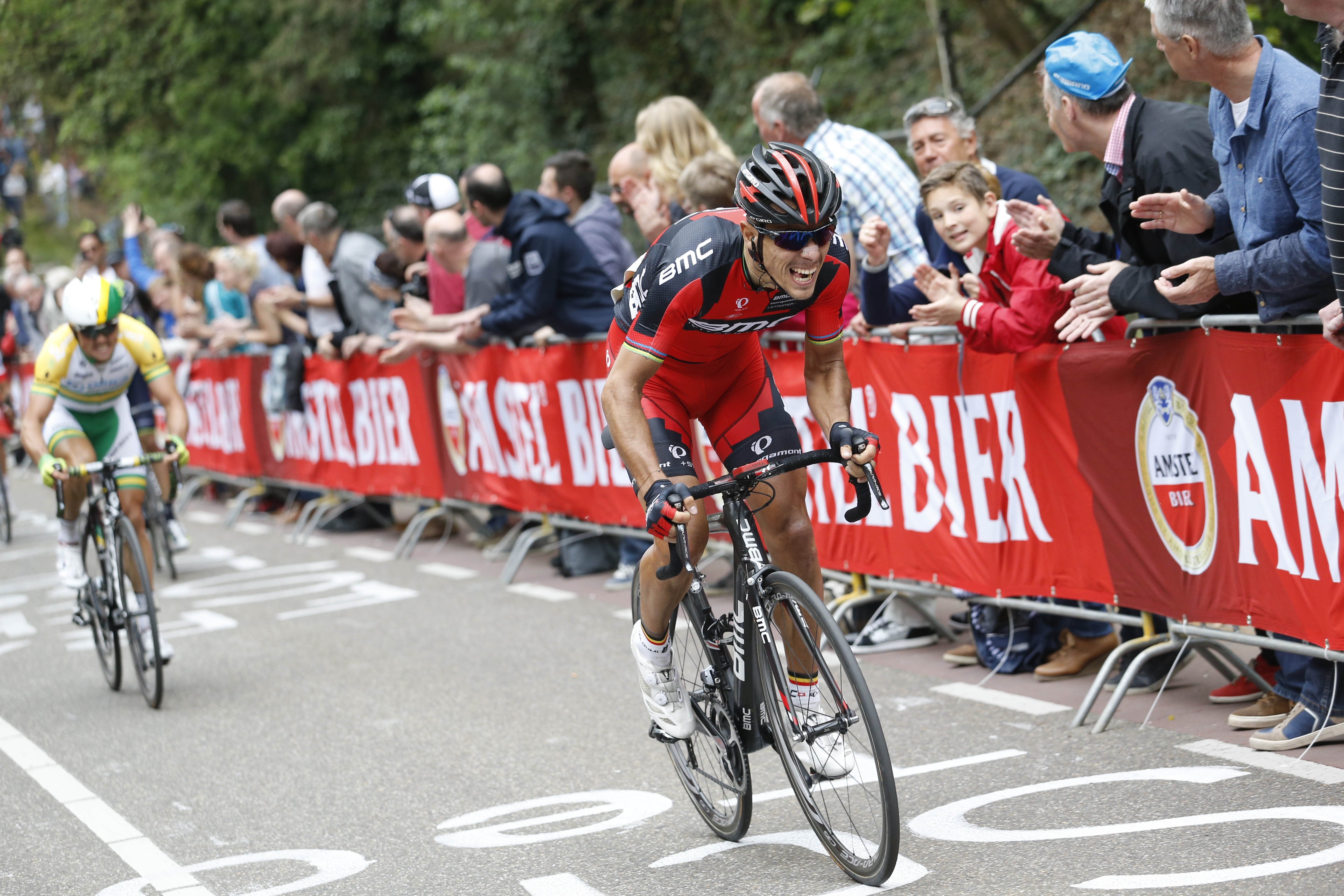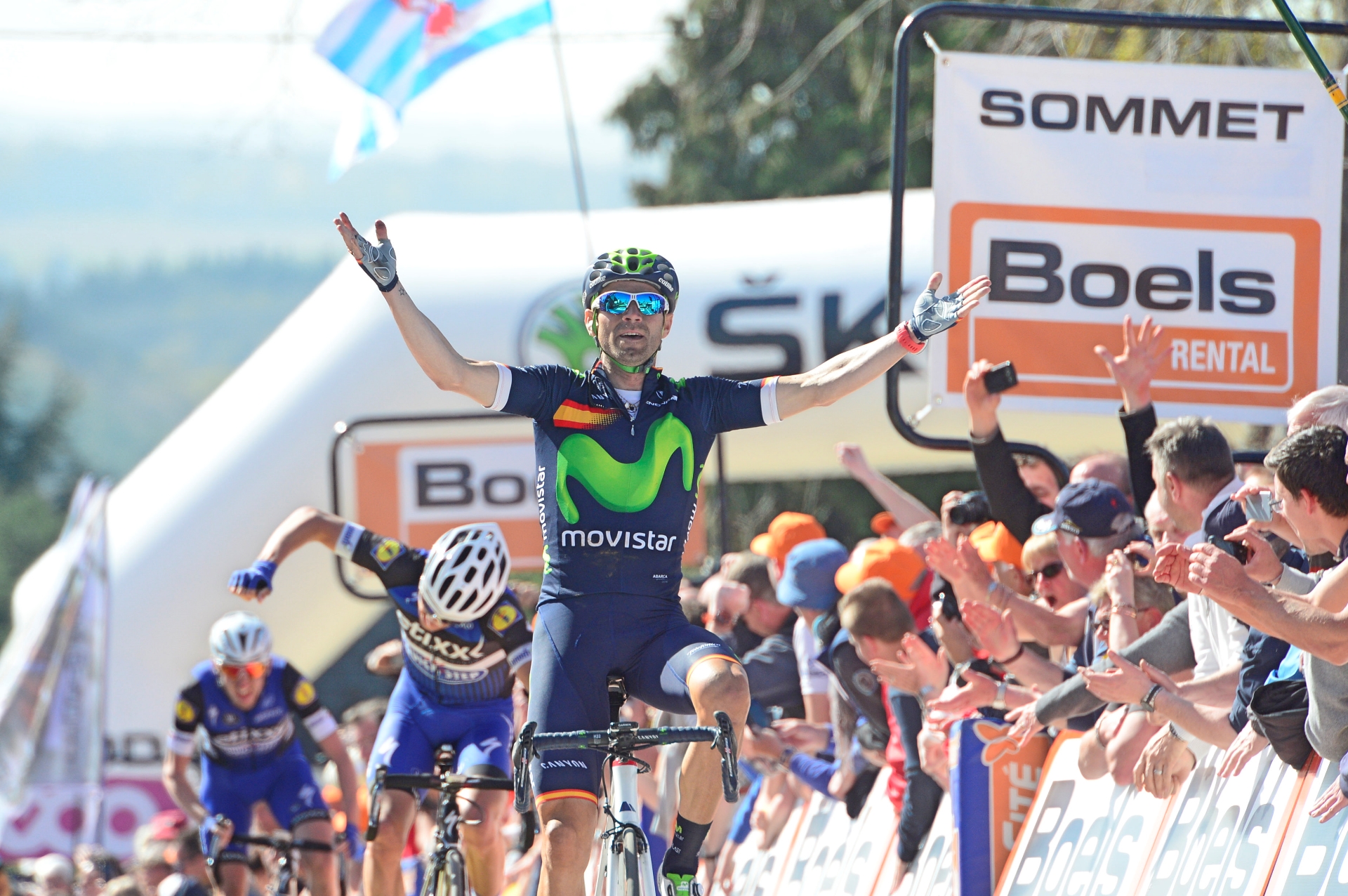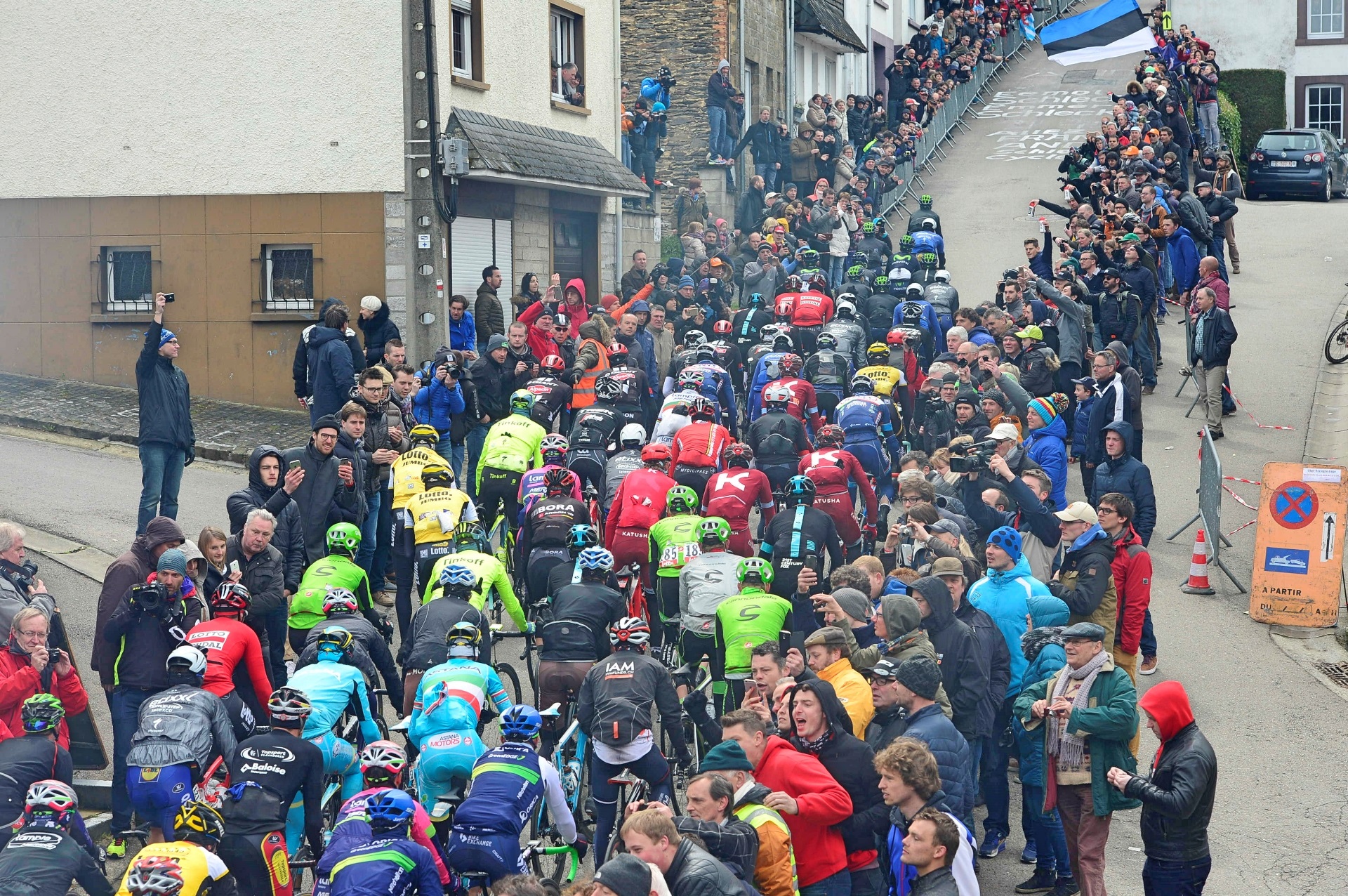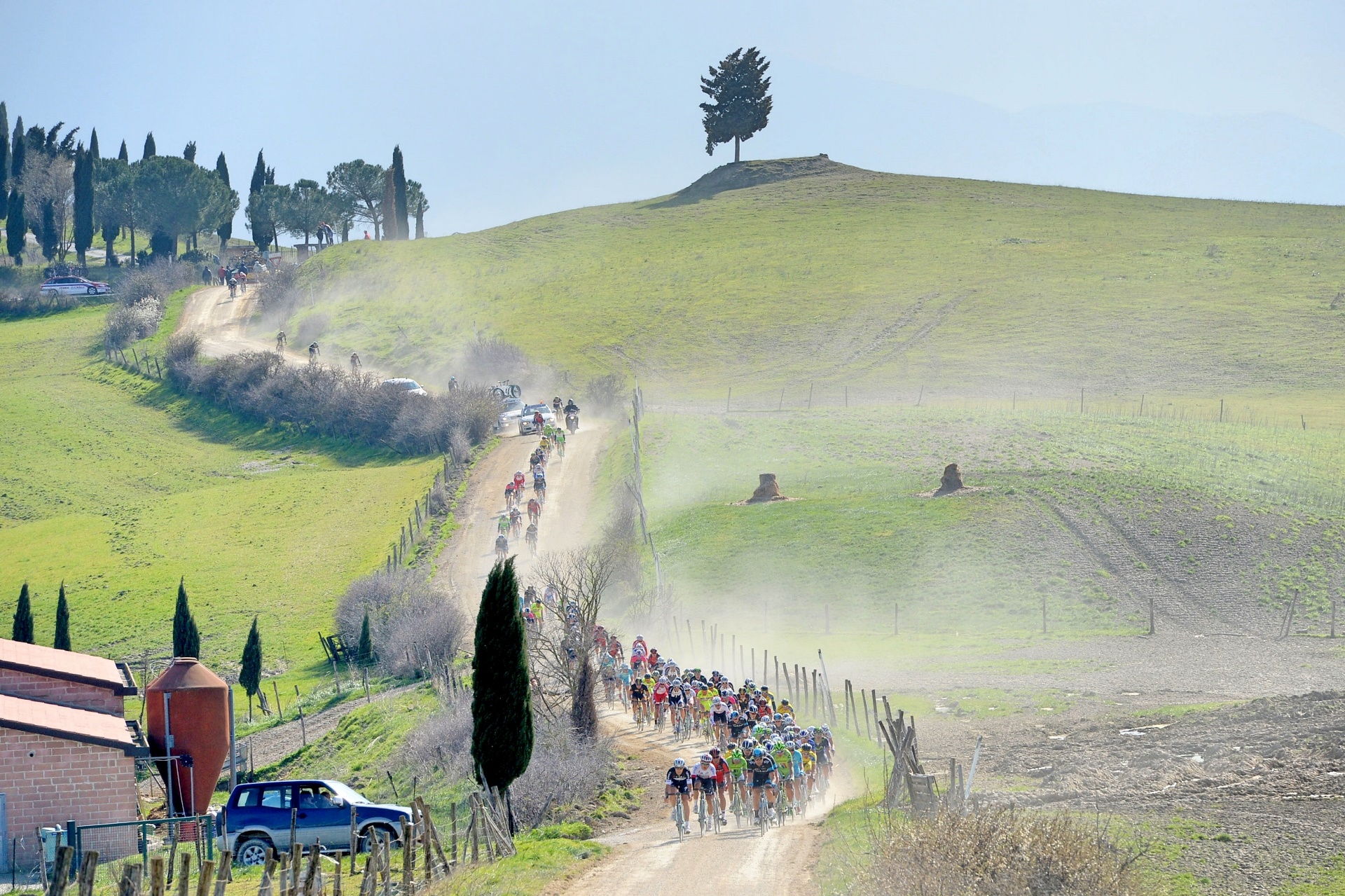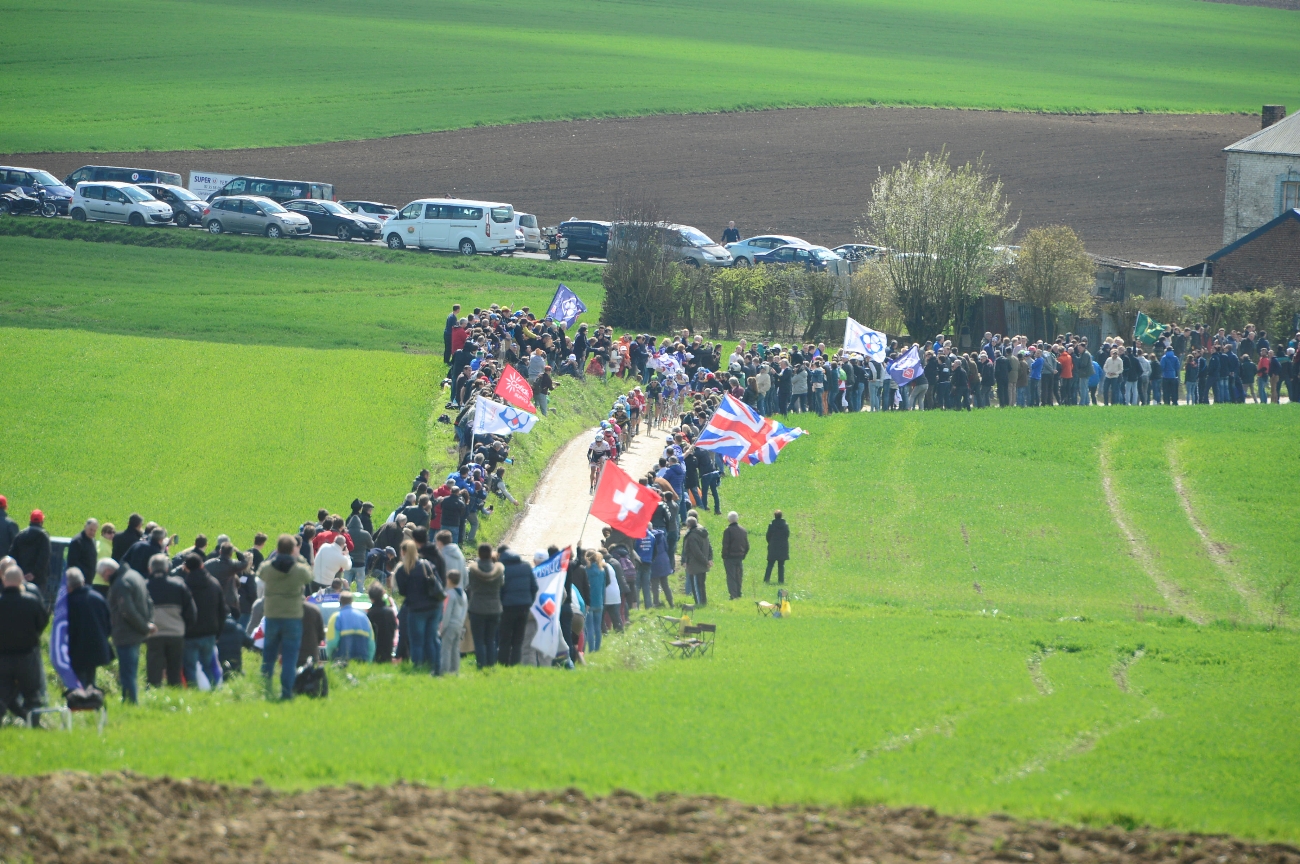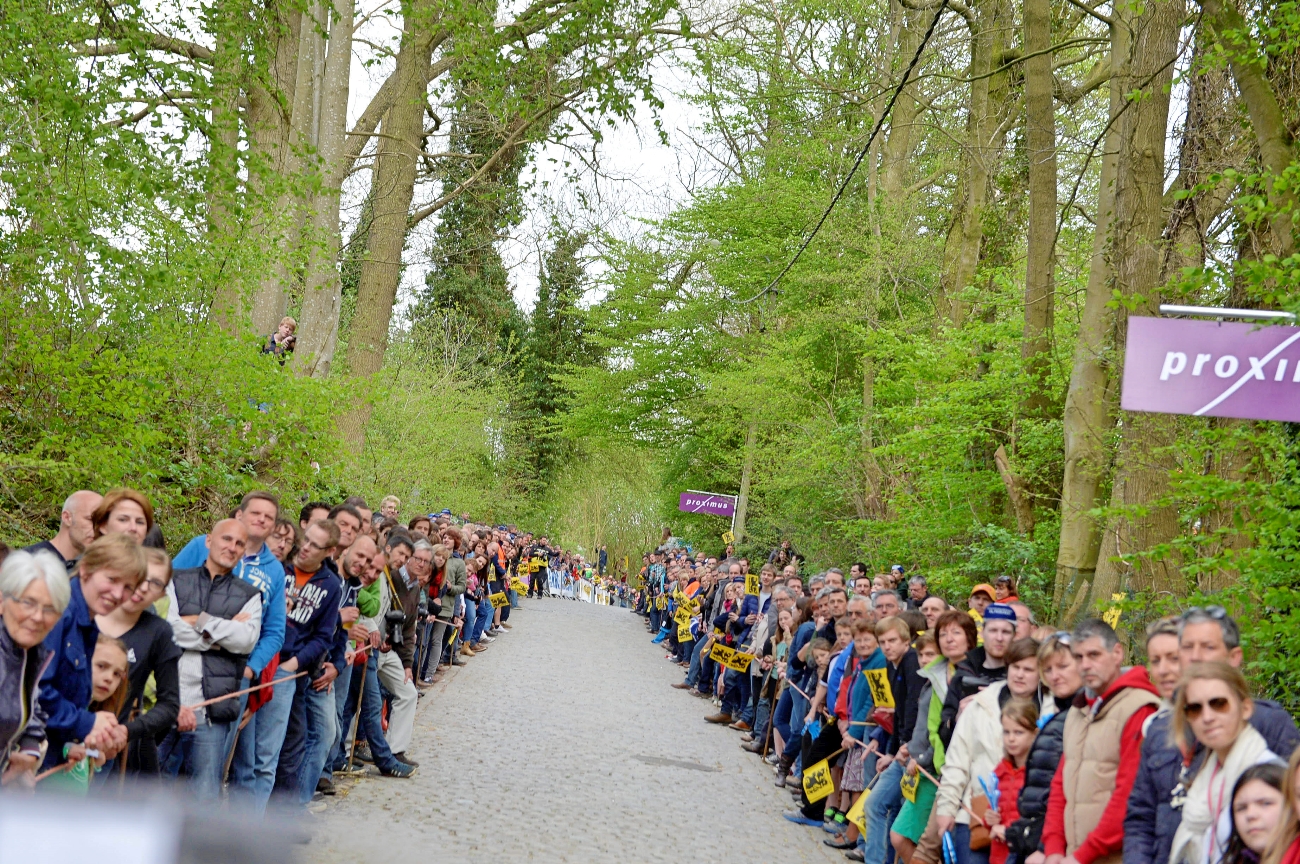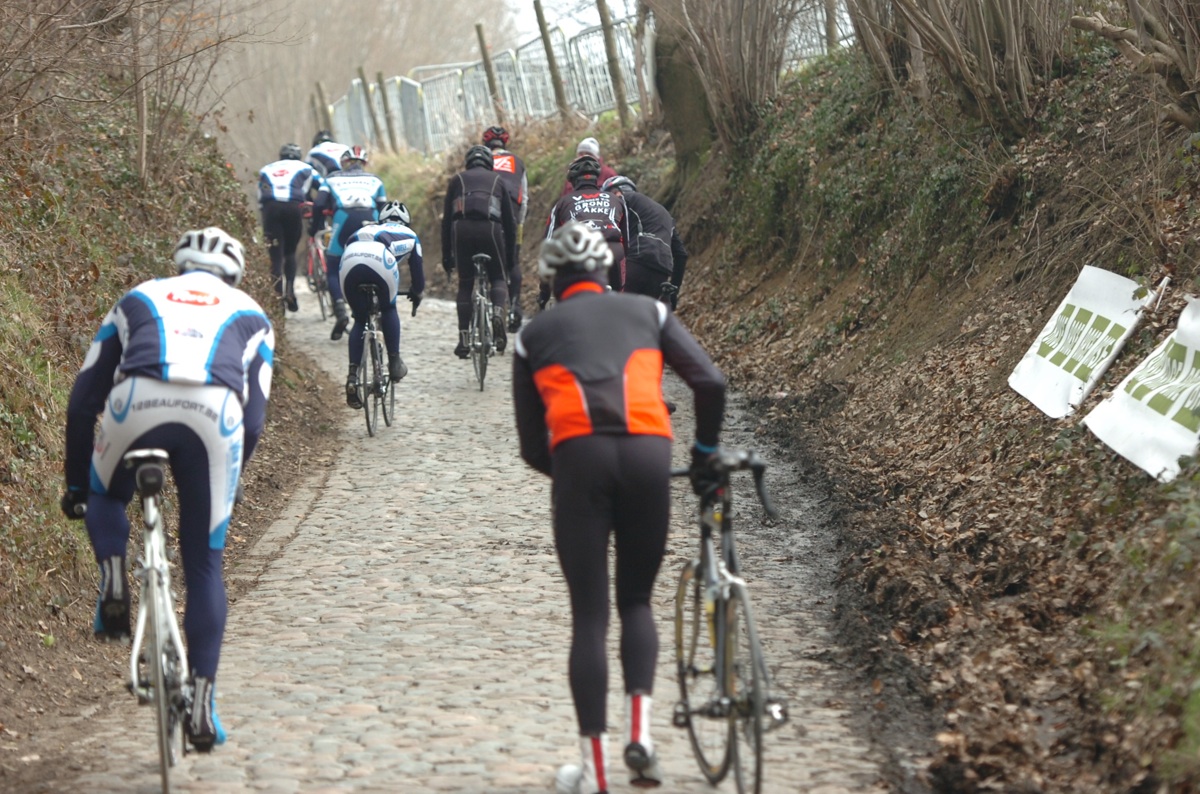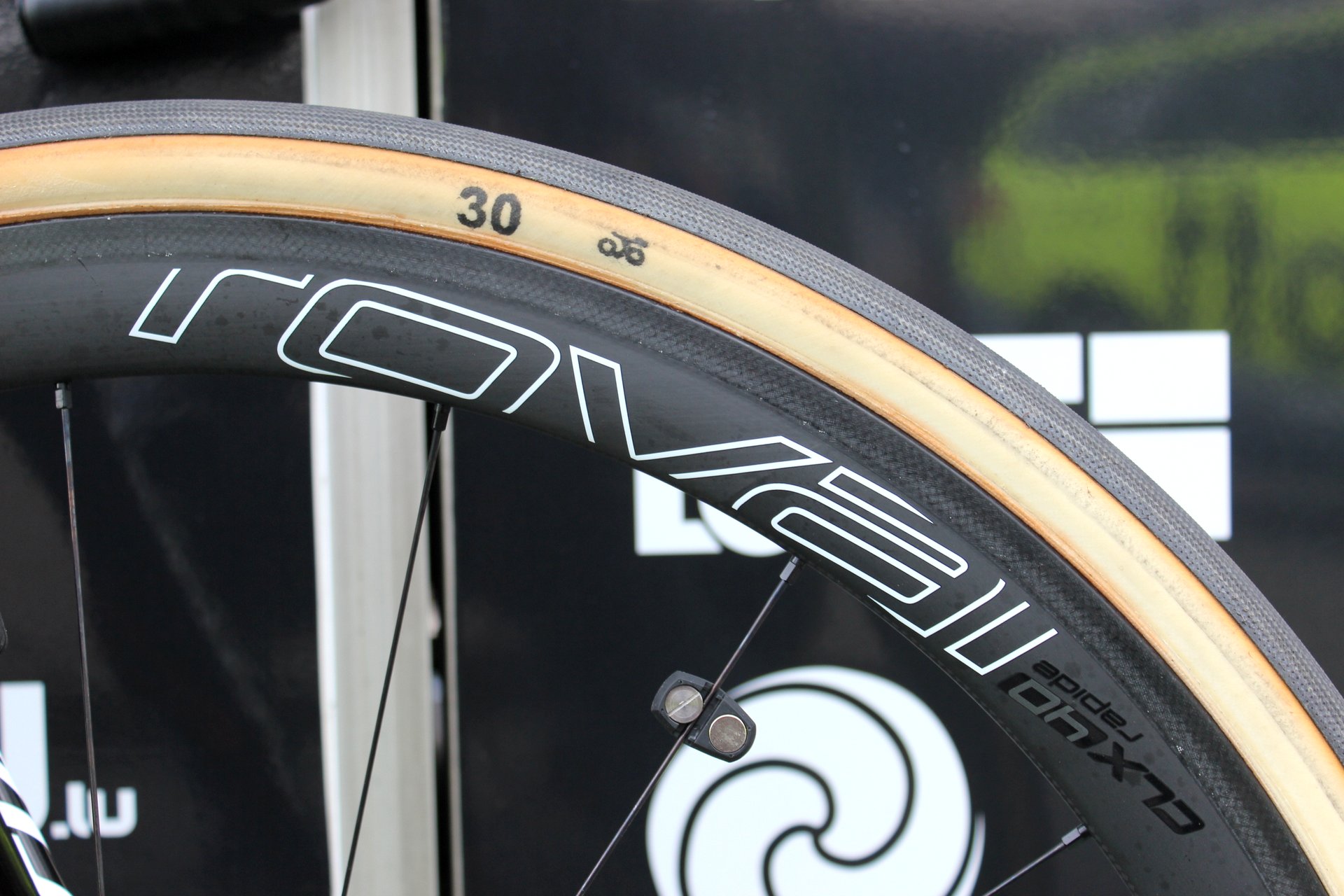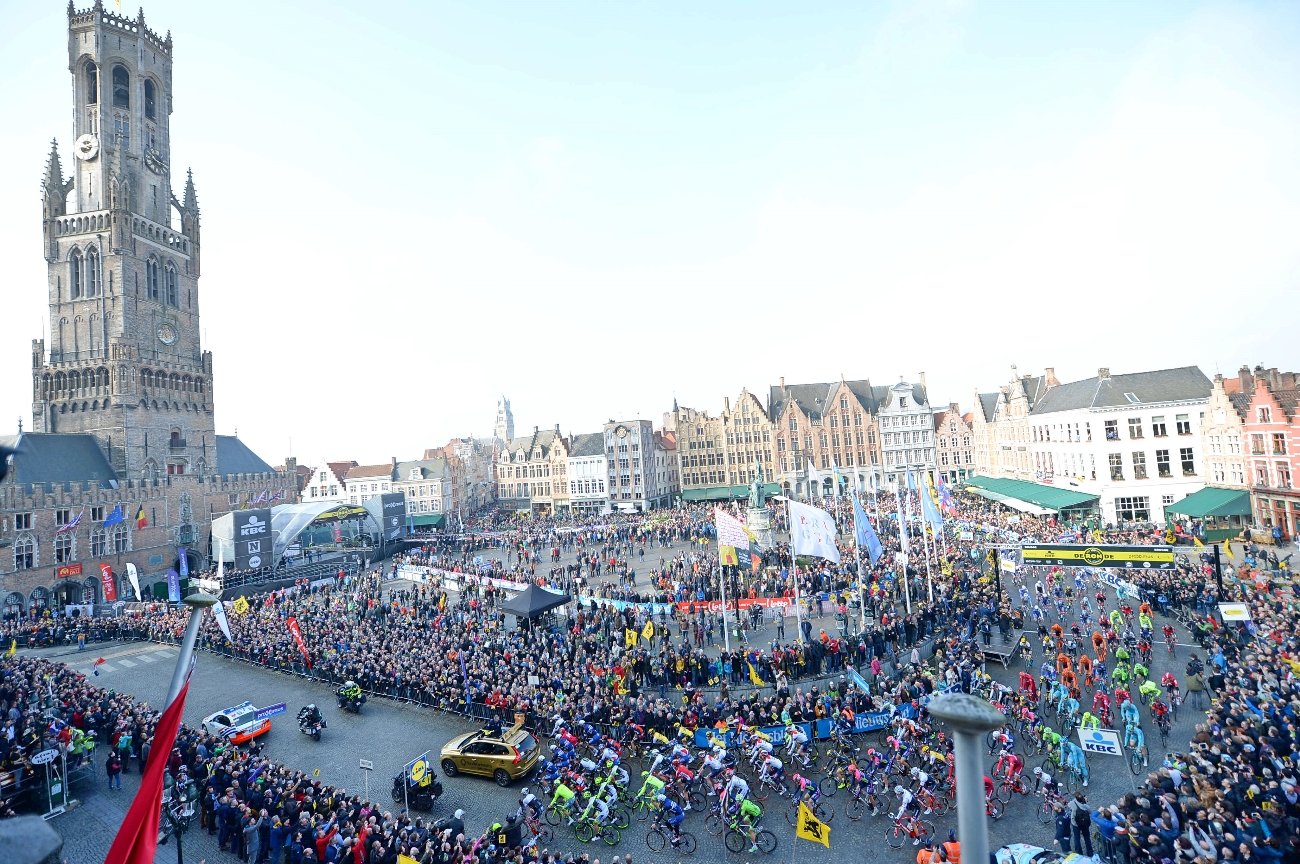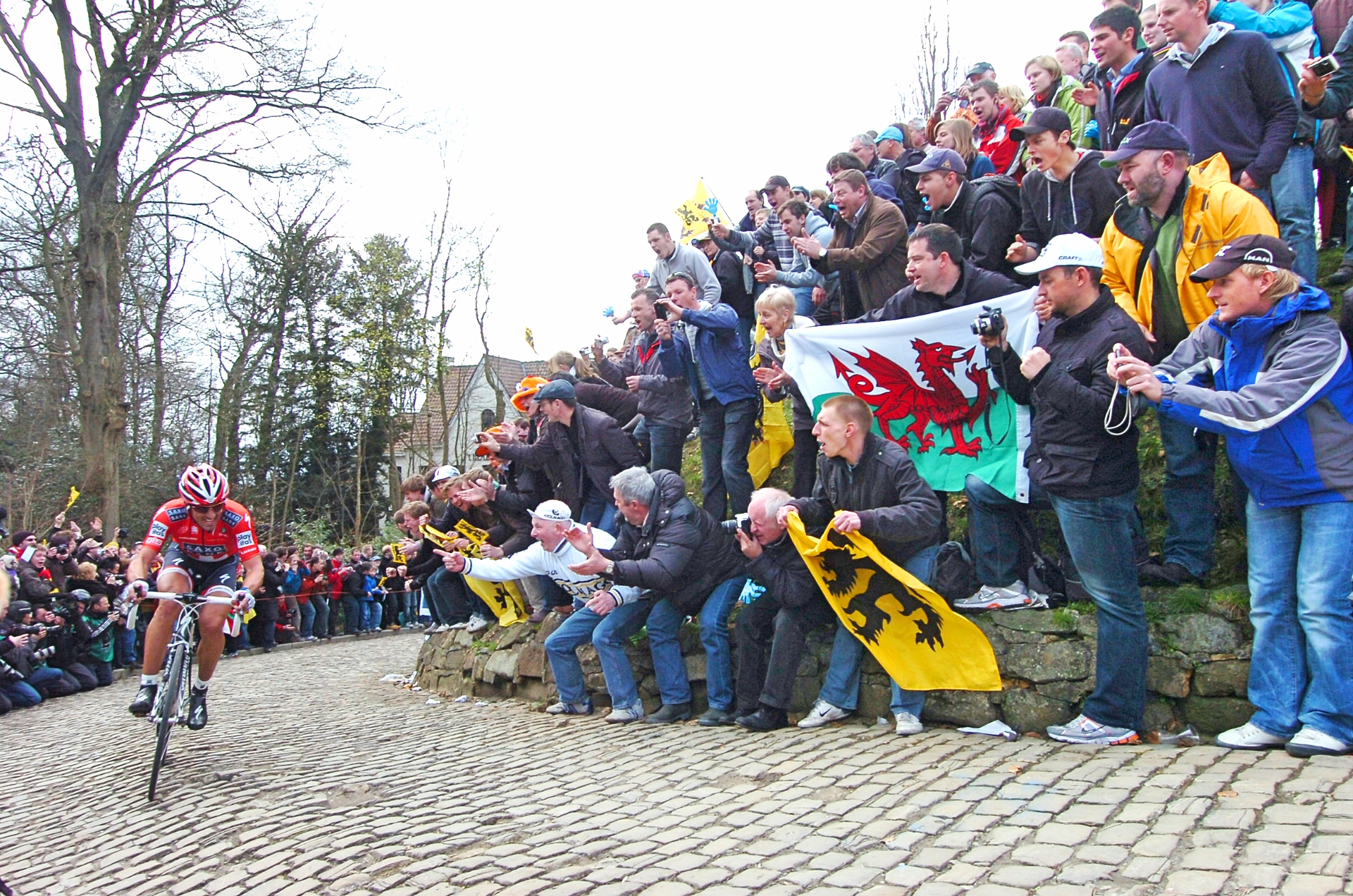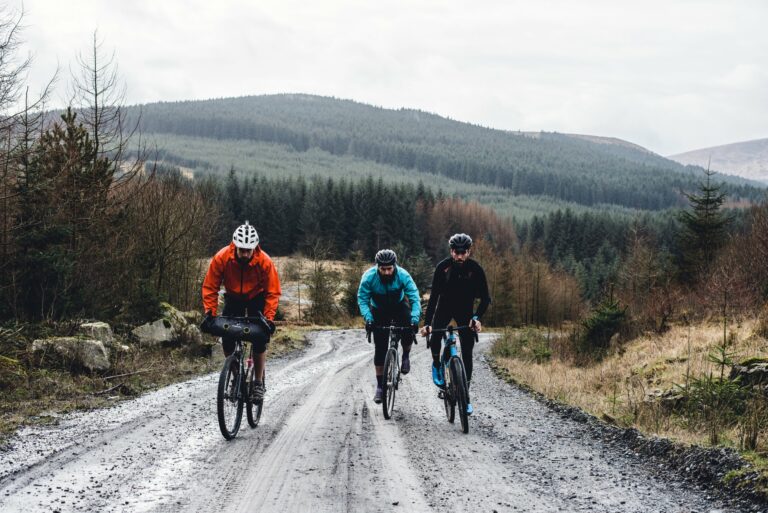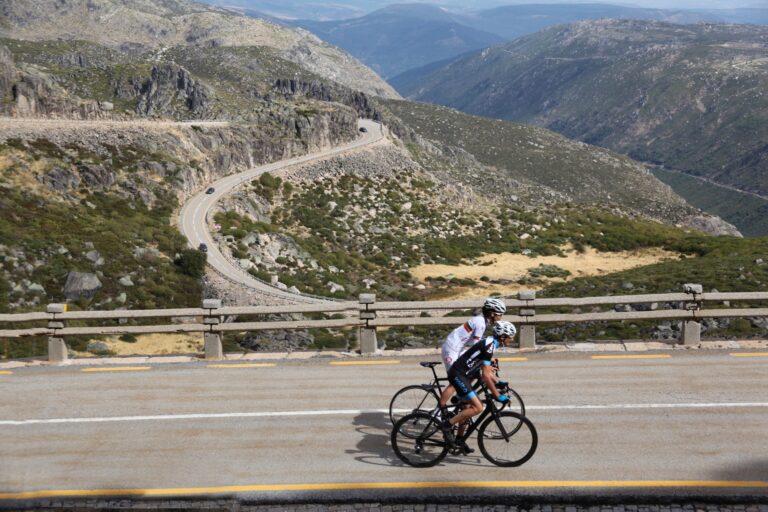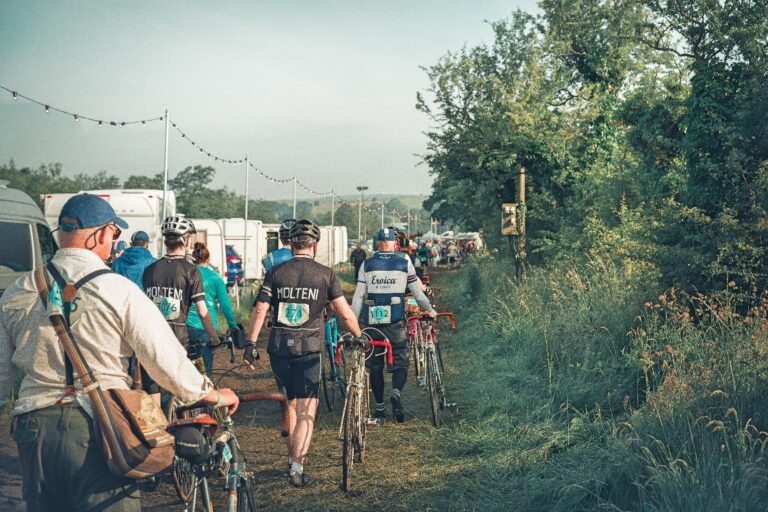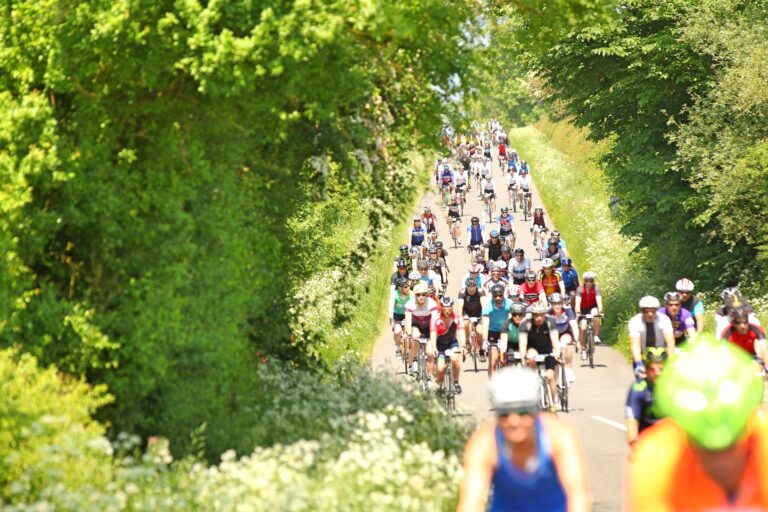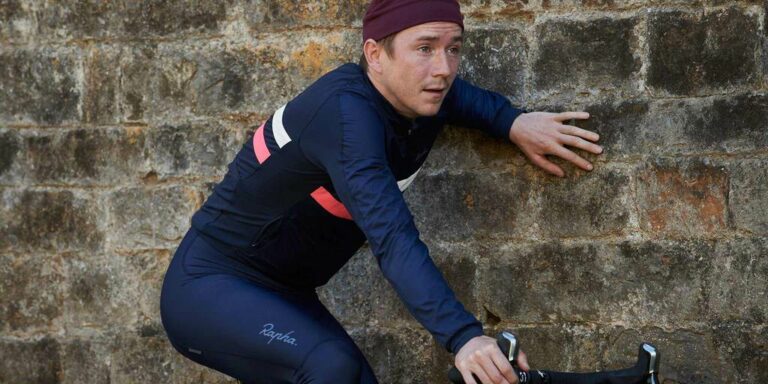For many, a trip to the Spring Classics is a pilgrimage. A visit to cycling’s heartland during the height of the biggest one-day races in the world is definitely one we think should be on your bucket list.
It’s a party atmosphere like no other and whether you go for the racing, the chance to ride the same roads the pros do, the beer, or even the chips and mayonnaise (or all of the above), the infectious enthusiasm of the famously fanatical classics fans are sure to make the trip a memorable one.
There are plenty of ways you can get over to northern Europe to see your heroes battle it out on the cobbles of Paris-Roubaix and the bergs of the Tour of Flanders, and even have a go yourself. We’ve listed some of the things you might want to think about, as well as point out some key highlights that will help you plan your perfect spring classics trip.
